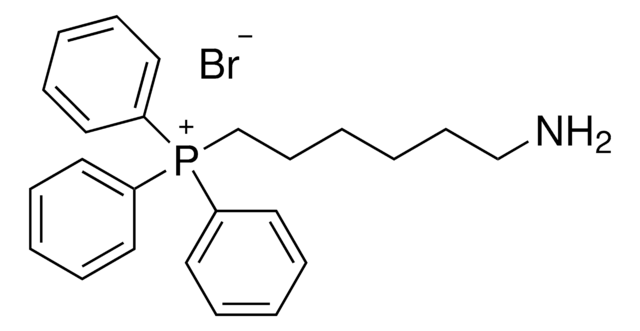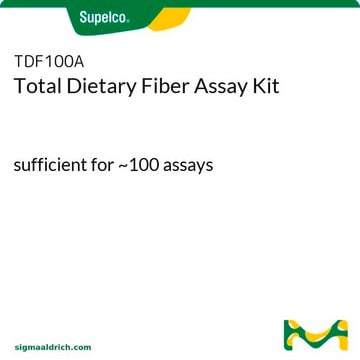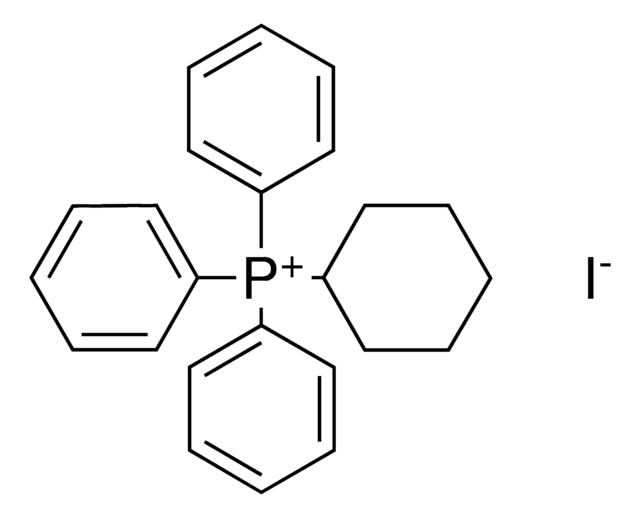SC1002
Anti-Sox2 Mouse mAb (245610)
lyophilized, clone 245610, Calbiochem®
Sign Into View Organizational & Contract Pricing
All Photos(1)
About This Item
UNSPSC Code:
12352203
NACRES:
NA.41
Recommended Products
biological source
mouse
Quality Level
antibody form
purified antibody
antibody product type
primary antibodies
clone
245610, monoclonal
form
lyophilized
species reactivity
human, mouse
manufacturer/tradename
Calbiochem®
storage condition
OK to freeze
isotype
IgG2a
shipped in
wet ice
storage temp.
−20°C
target post-translational modification
unmodified
Gene Information
mouse ... Sox2(20674)
General description
Protein G purified mouse monoclonal antibody derived by immunizing mice with the specified immunogen and fusing splenocytes with mouse myeloma cells. Recognizes the ~34 kDa Sox2 protein.
Recognizes the ~34 kDa Sox2 protein in NTERA-2 cells.
This Anti-Sox2 Mouse mAb (245610) is validated for use in Immunoblotting, Immunocytochemistry, Flow Cytometry for the detection of Sox2.
Immunogen
Human
a recombinant protein consisting of amino acids 135-317 of human Sox2, expressed in E. coli
Application
Immunoblotting (1-2 µg/ml)
Immunocytochemistry (10 µg/ml; see comments)
Flow Cytometry (see comments)
Immunocytochemistry (10 µg/ml; see comments)
Flow Cytometry (see comments)
Warning
Toxicity: Standard Handling (A)
Physical form
Lyophilized from 0.2 µm-filter sterilized PBS, 5% trehalose.
Reconstitution
Reconstitute with 200 µl sterile PBS for a final stock concentration of 500 µg/ml. Following reconstitution, aliquot and freeze (-20°C or -70°C) for long-term storage. Avoid freeze/thaw cycles of solutions. Thawed aliquots are stable for up to 1 month at 4°C.
Analysis Note
Positive Control
NTERA-2 cells
NTERA-2 cells
Other Notes
Avilion, A.A., et al. 2003.Genes Dev.17, 126.
Graham, V., et al. 2003.Neuron39, 749.
Stevanovic, M. 2003.Mol. Biol. Rep.30, 127.
Kishi, M., et al. 2000.Development127, 791.
Uwanogho, D., et al. 1995.Mech. Dev.49, 23.
Yuan, H., et al. 1995.Genes Dev.9, 2635.
Graham, V., et al. 2003.Neuron39, 749.
Stevanovic, M. 2003.Mol. Biol. Rep.30, 127.
Kishi, M., et al. 2000.Development127, 791.
Uwanogho, D., et al. 1995.Mech. Dev.49, 23.
Yuan, H., et al. 1995.Genes Dev.9, 2635.
For immunocytochemistry, cells should be fixed in PBS containing 4% paraformaldehyde for 20 min, followed by blocking in PBS/10% normal donkey serum/1% BSA/0.1% Triton™ X-100 detergent for 45 min and staining overnight at 4°C with appropriately diluted primary antibody. For immunoblotting, the best results may be obtained using whole cell or nuclear extracts; Sox2 may be difficult to detect in cytoplasmic extracts. The detection limit for recombinant Sox2 is ~5 ng/lane under reducing and non-reducing conditions. For intracellular staining by flow cytometry, fix cells in 4% paraformaldehyde and permeabilize with 0.1% saponin. Following fixation and permeabilization, dilute the antibody to 50 µg/ml and add 10 µl diluted antibody to 1-2.5 x 105 cells in a total volume of ≤200 µl. Following incubation with appropriate detection antibody, the cells should be washed a final time with 0.1% saponin prior to analysis. Antibody should be titrated for optimal results in individual systems.
Legal Information
CALBIOCHEM is a registered trademark of Merck KGaA, Darmstadt, Germany
Triton is a trademark of The Dow Chemical Company or an affiliated company of Dow
Not finding the right product?
Try our Product Selector Tool.
Storage Class
11 - Combustible Solids
wgk_germany
WGK 1
Certificates of Analysis (COA)
Search for Certificates of Analysis (COA) by entering the products Lot/Batch Number. Lot and Batch Numbers can be found on a product’s label following the words ‘Lot’ or ‘Batch’.
Already Own This Product?
Find documentation for the products that you have recently purchased in the Document Library.
Iñaki Álvarez et al.
Cells, 12(24) (2023-12-22)
Proteins targeted by the ubiquitin proteasome system (UPS) are identified for degradation by the proteasome, which has been implicated in the development of neurodegenerative diseases. Major histocompatibility complex (MHC) molecules present peptides broken down by the proteasome and are involved
Mohammad Zandi et al.
International journal of fertility & sterility, 9(3), 361-370 (2015-12-09)
This research studies the effects of activation and inhibition of Wnt3A signaling pathway in buffalo (Bubalus bubalis) embryonic stem (ES) cell-like cells. To carry on this experimental study, the effects of activation and inhibition of Wnt3A signaling in buffalo ES
Ana Belén Alvarez-Palomo et al.
Stem cells (Dayton, Ohio), 39(7), 866-881 (2021-02-24)
A key challenge for clinical application of induced pluripotent stem cells (iPSC) to accurately model and treat human pathologies depends on developing a method to generate genetically stable cells to reduce long-term risks of cell transplant therapy. Here, we hypothesized
Huahu Ye et al.
Cellular physiology and biochemistry : international journal of experimental cellular physiology, biochemistry, and pharmacology, 50(4), 1318-1331 (2018-10-26)
Induced pluripotent stem cells (iPSCs) hold great promise for regenerative medicine, disease modeling, and drug development. Thus, generation of non-integration and feeder-free iPSCs is highly desirable for clinical applications. Peripheral blood mononuclear cells (PBMCs) are an attractive resource for cell
Mohammad Zandi et al.
Cell journal, 17(2), 264-273 (2015-07-23)
In order to retain an undifferentiated pluripotent state, embryonic stem (ES) cells have to be cultured on feeder cell layers. However, use of feeder layers limits stem cell research, since experimental data may result from a combined ES cell and
Our team of scientists has experience in all areas of research including Life Science, Material Science, Chemical Synthesis, Chromatography, Analytical and many others.
Contact Technical Service







